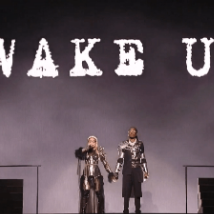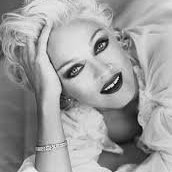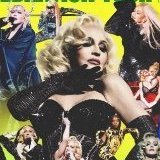When Madonna was New on the Block
-
Recent Activity
-
- 165 replies
- 5,783 views
-
- 96 replies
- 3,030 views
-
Songs that you think that could be avoided forever on her next gigs / tours 1 2 3
By nito84bcn, in News ✖ Discussion
- 59 replies
- 1,503 views
-
Single Reissues Campaign - This Used to Be My Playground - OUT NOW 1 2 3 4 533
By New_Boy, in News ✖ Discussion
- 13,315 replies
- 1,548,733 views
-
- 13,619 replies
- 603,942 views
-
- 24 replies
- 756 views
-
- 3 replies
- 180 views
-
- 2 replies
- 252 views
-
-
Recently Browsing 4 members







Recommended Posts
Join the conversation
You can post now and register later. If you have an account, sign in now to post with your account.